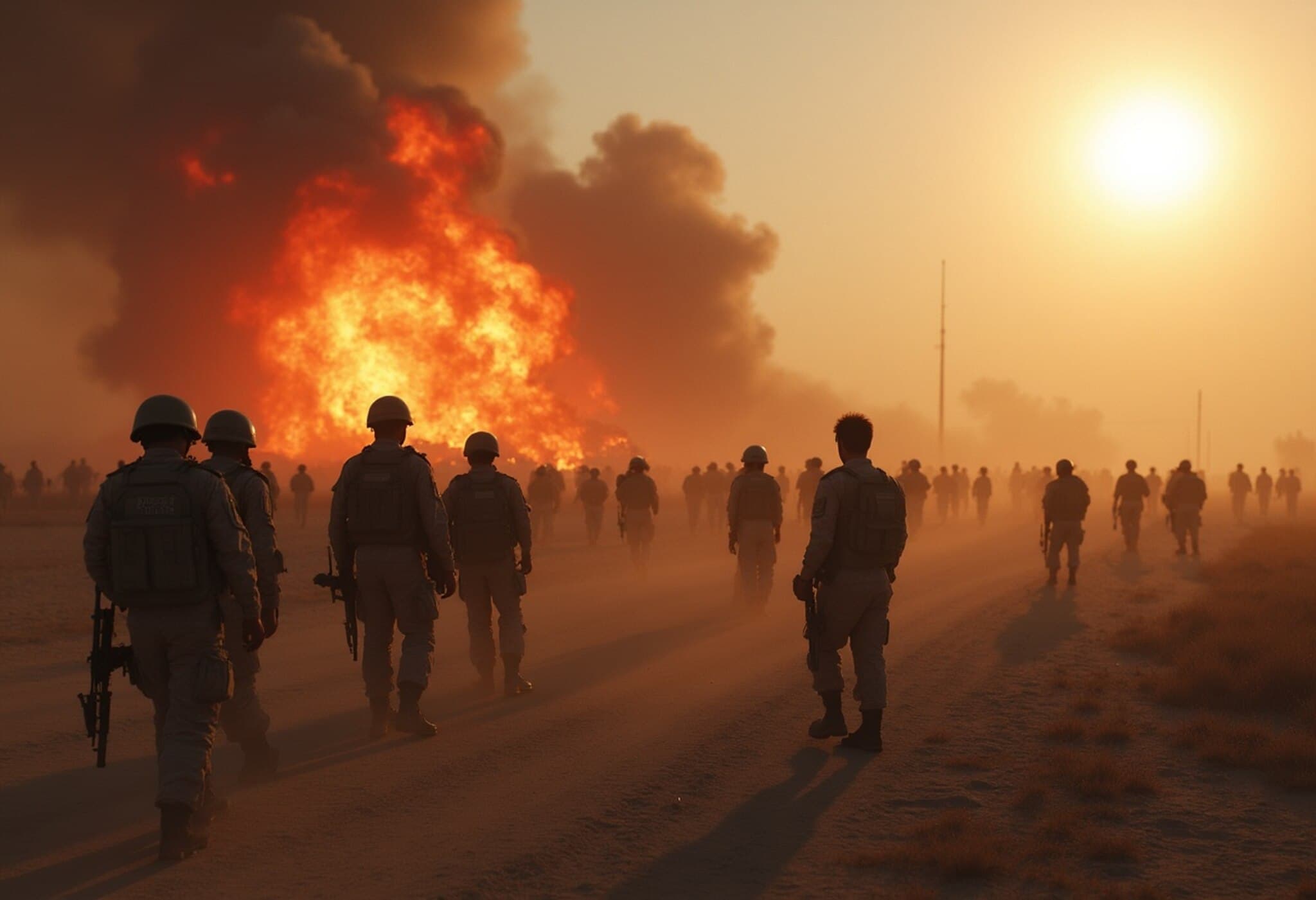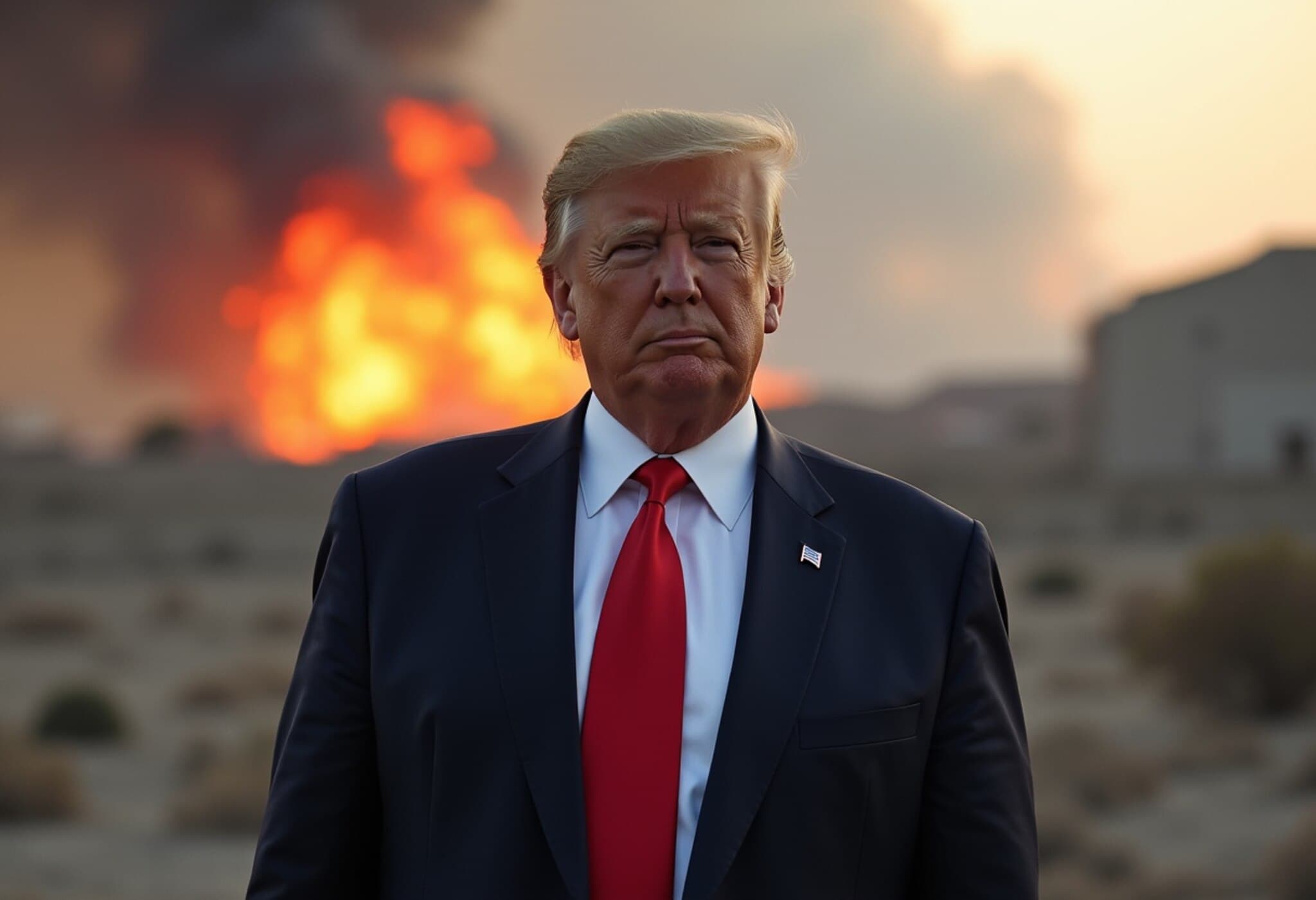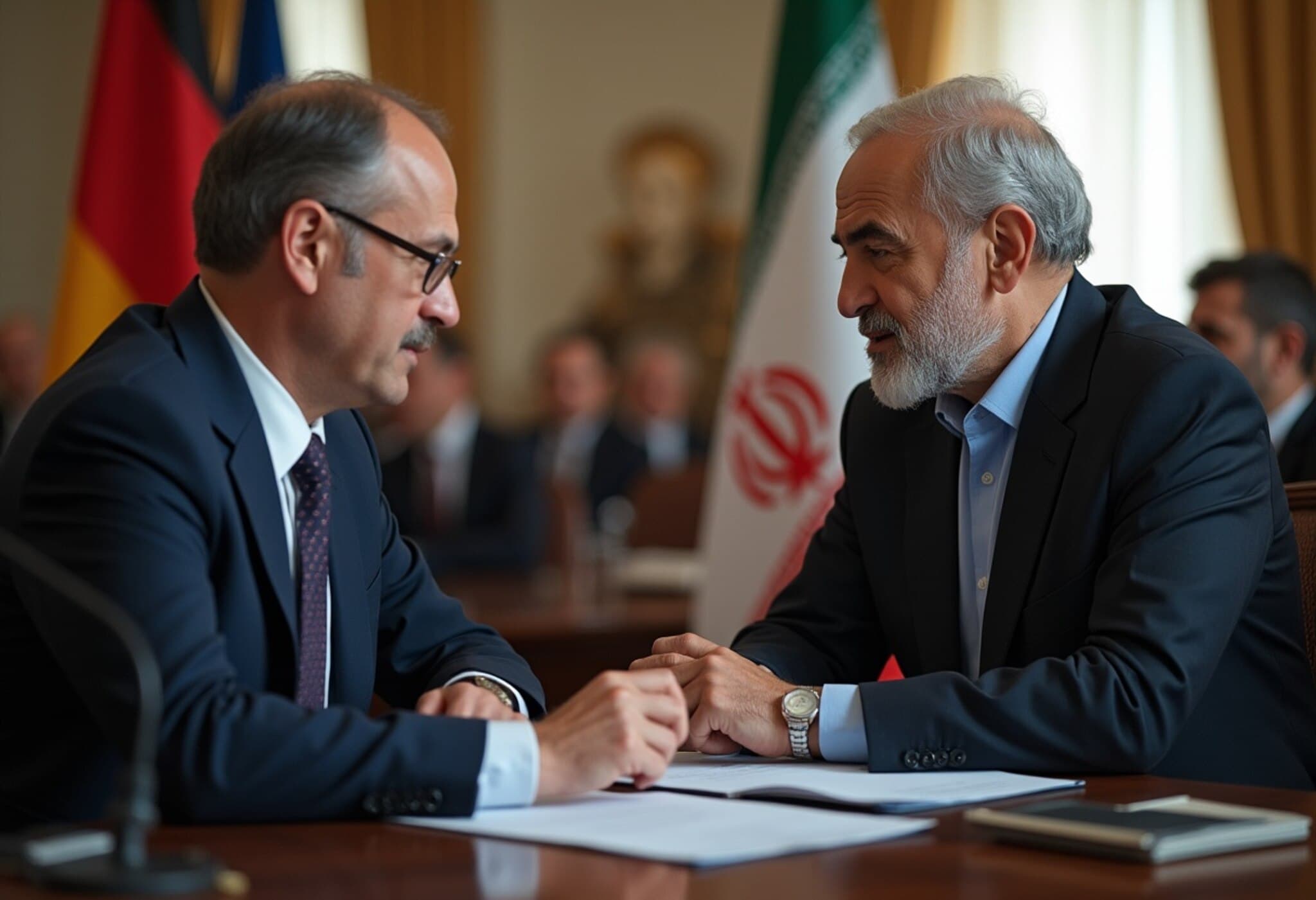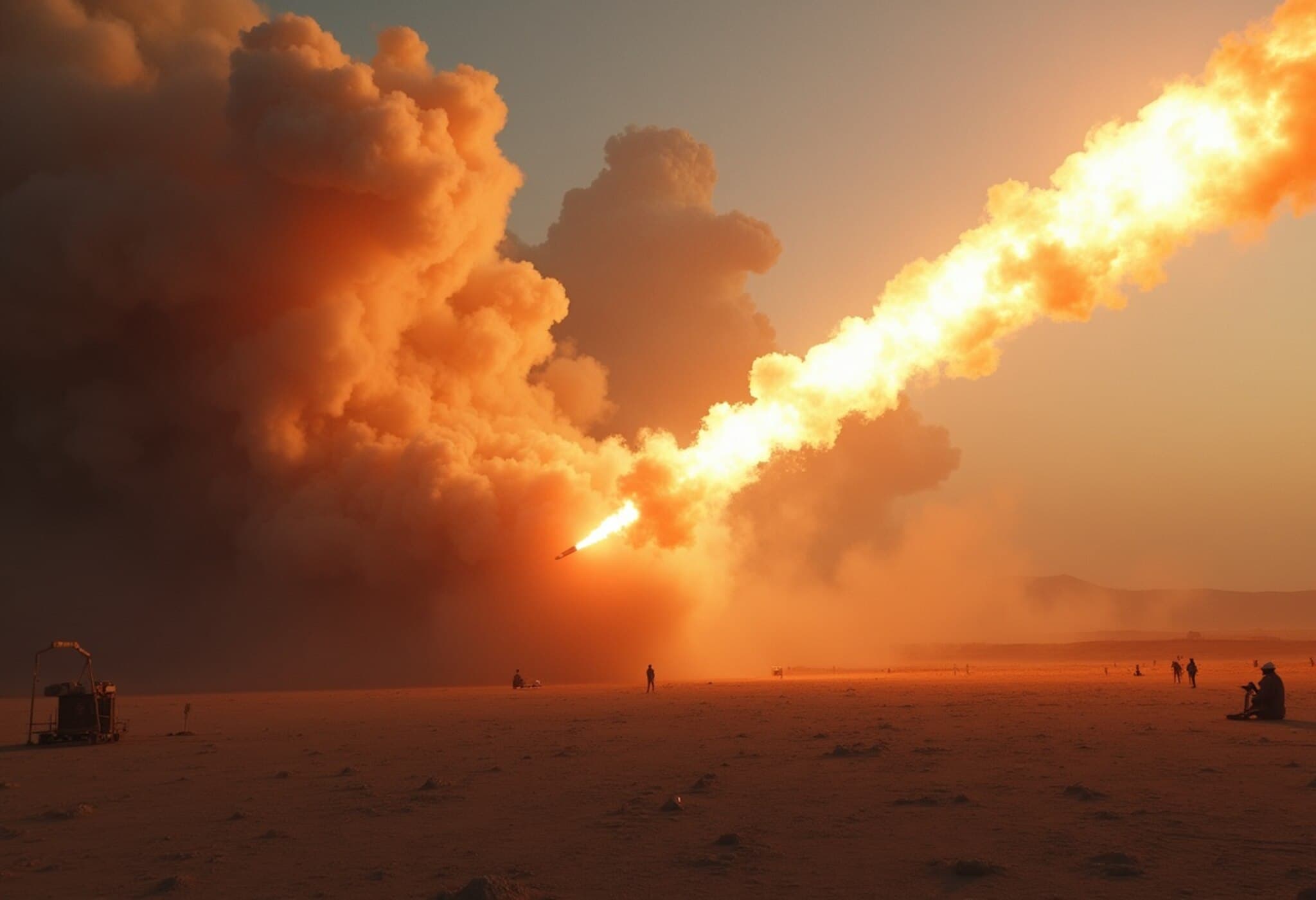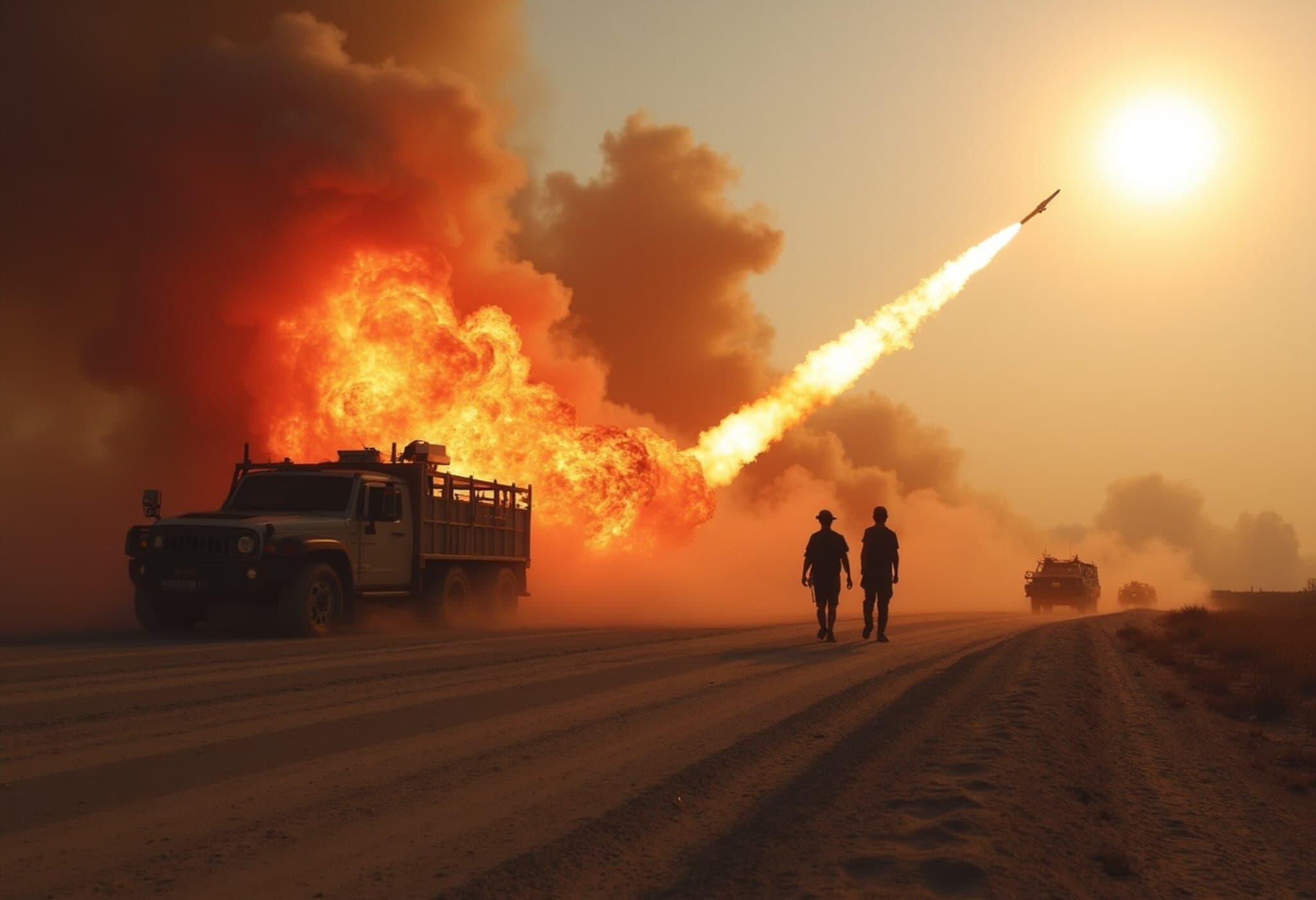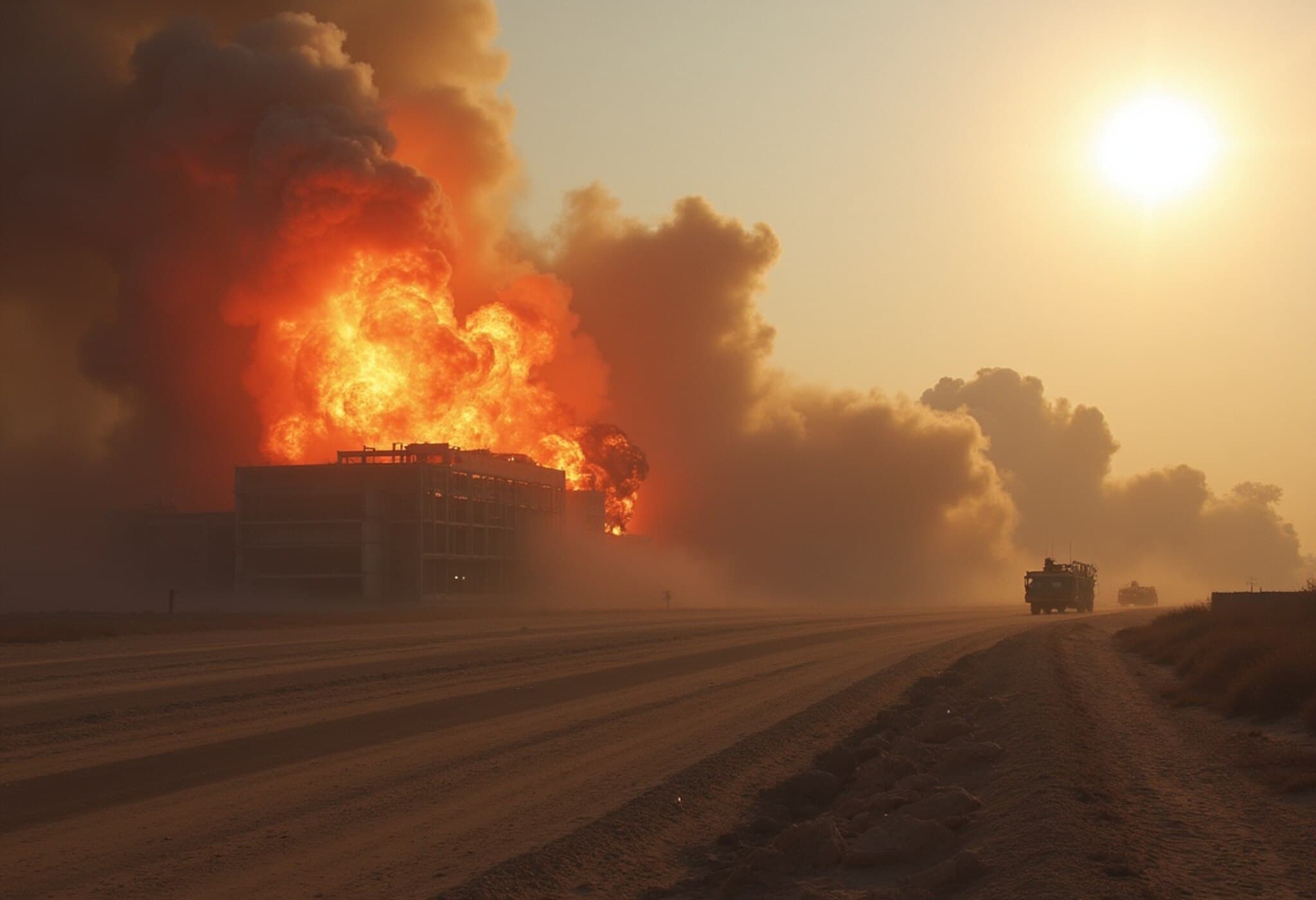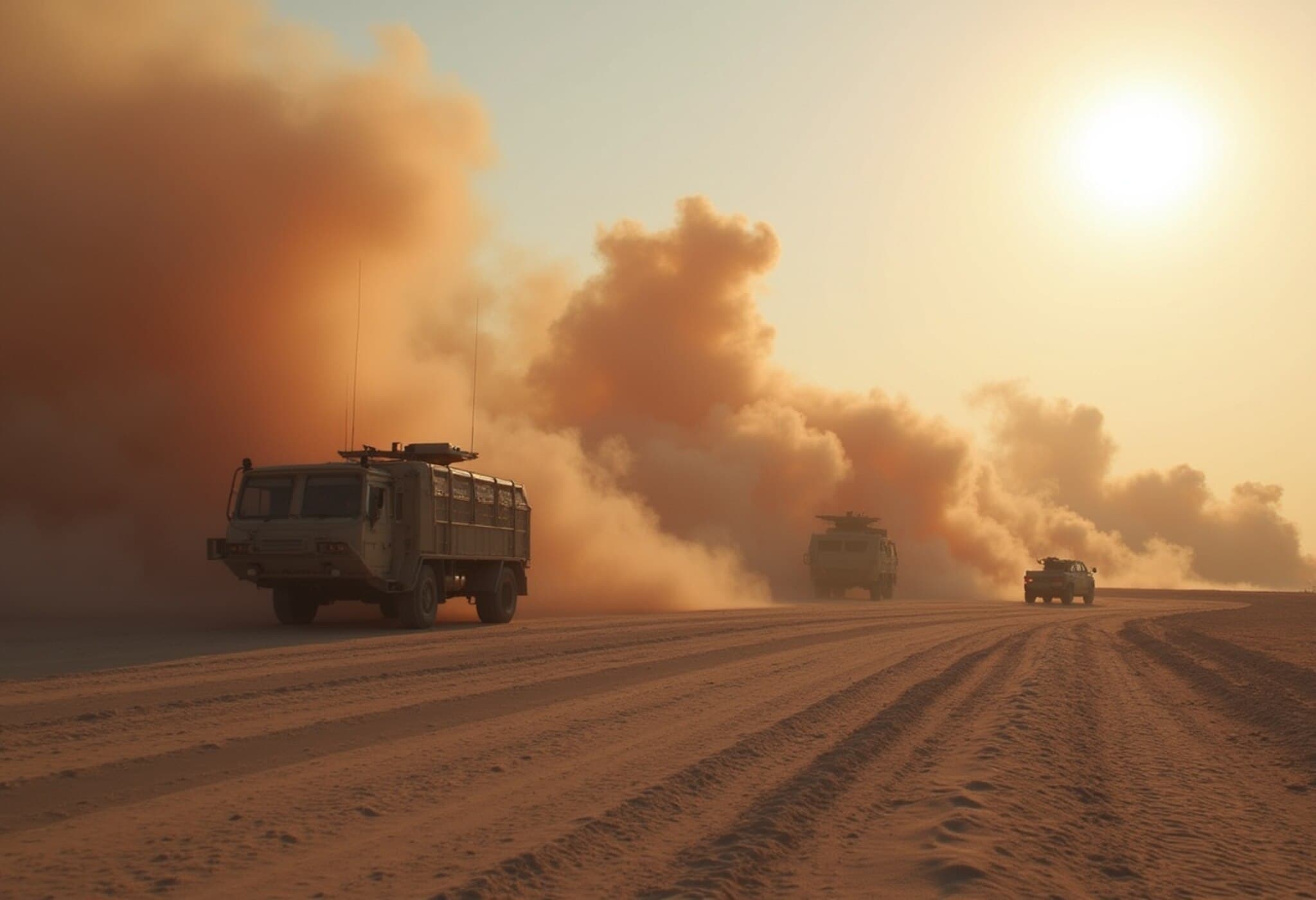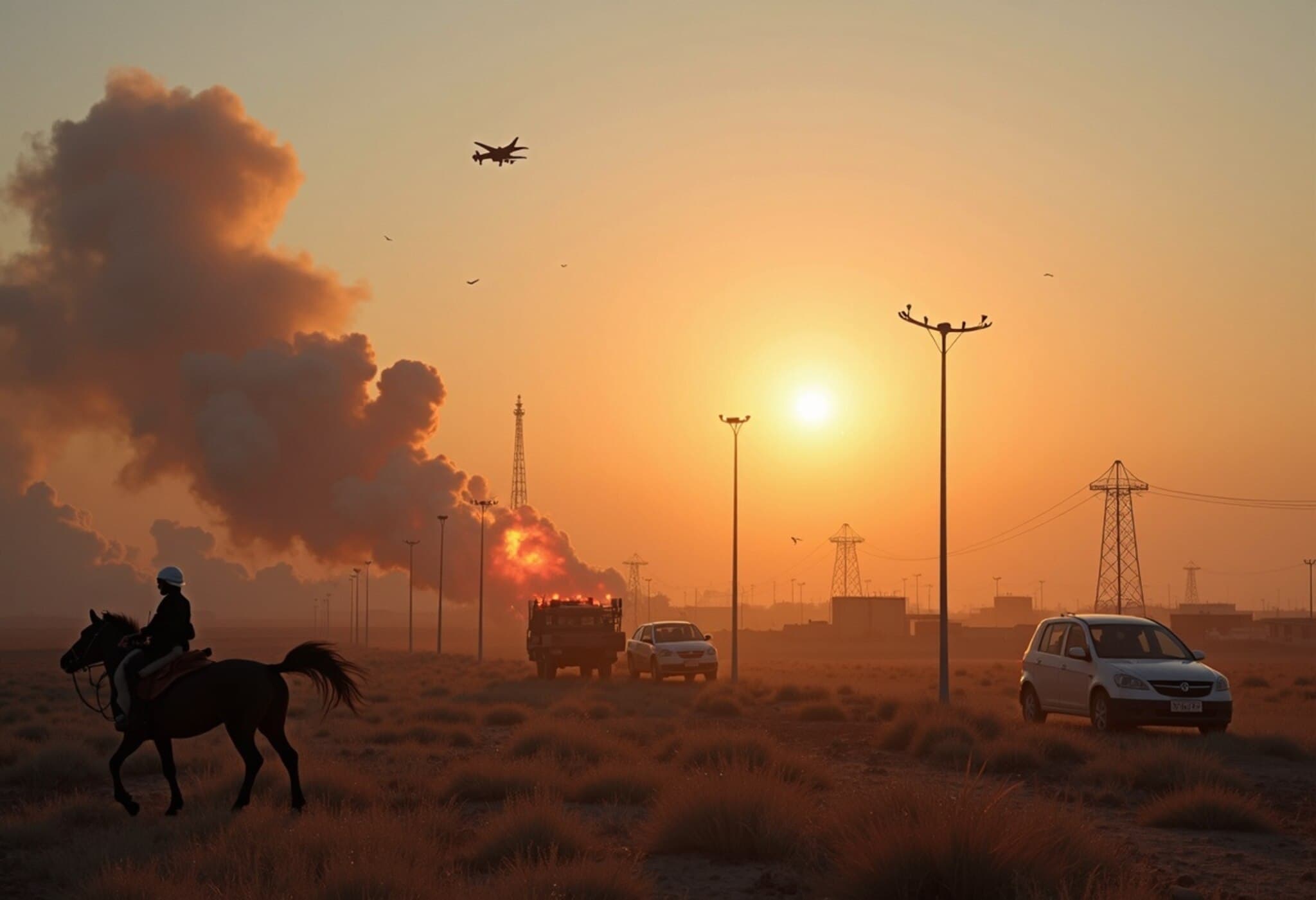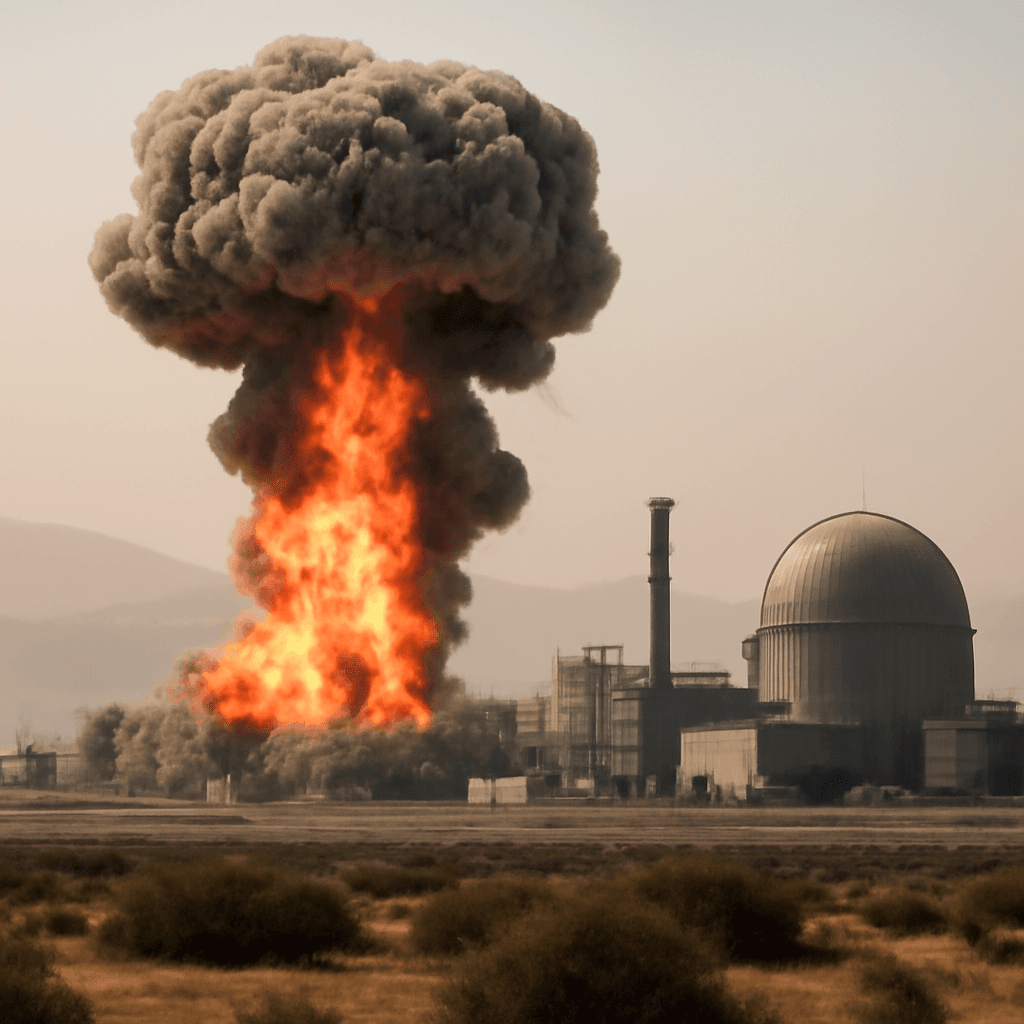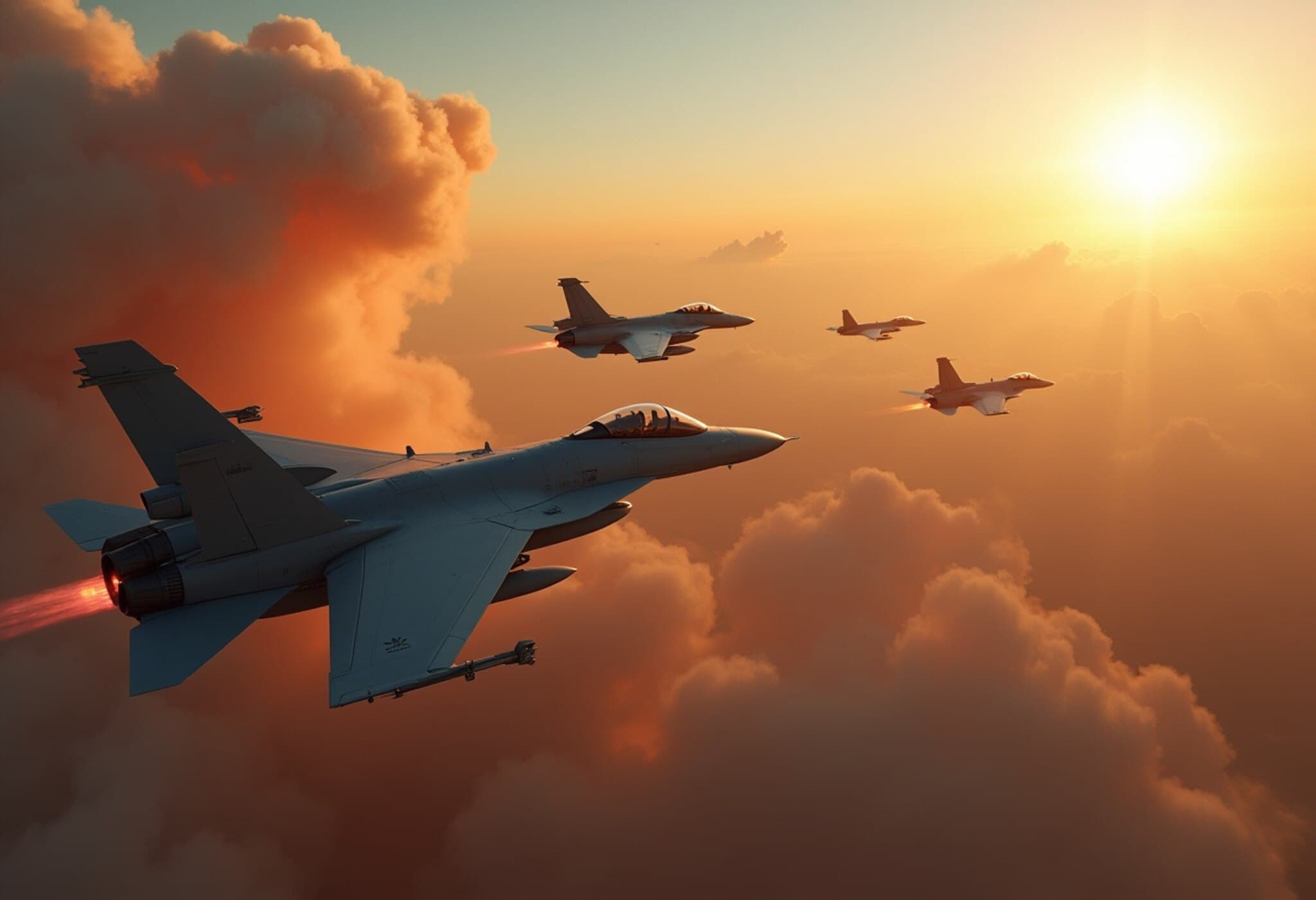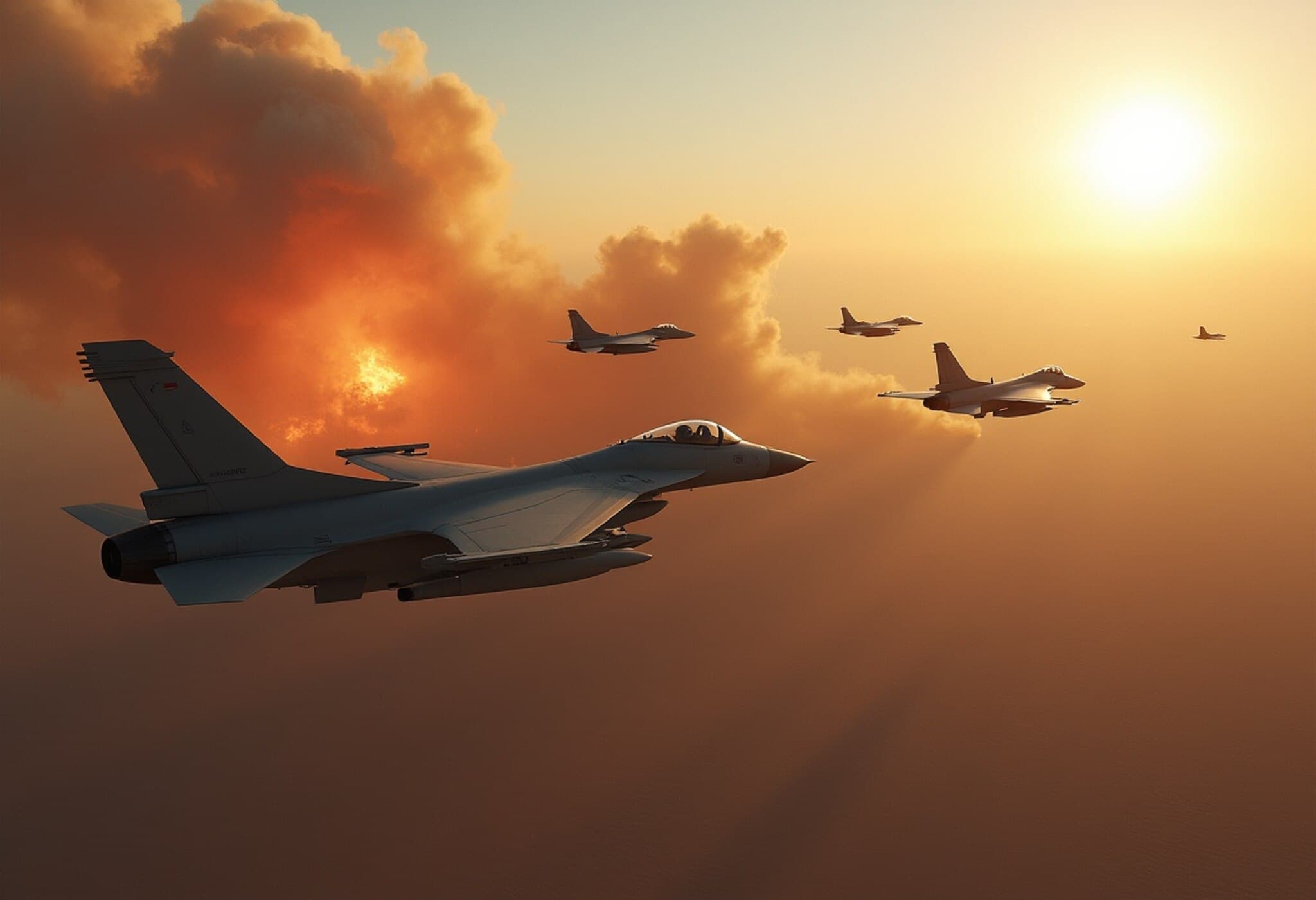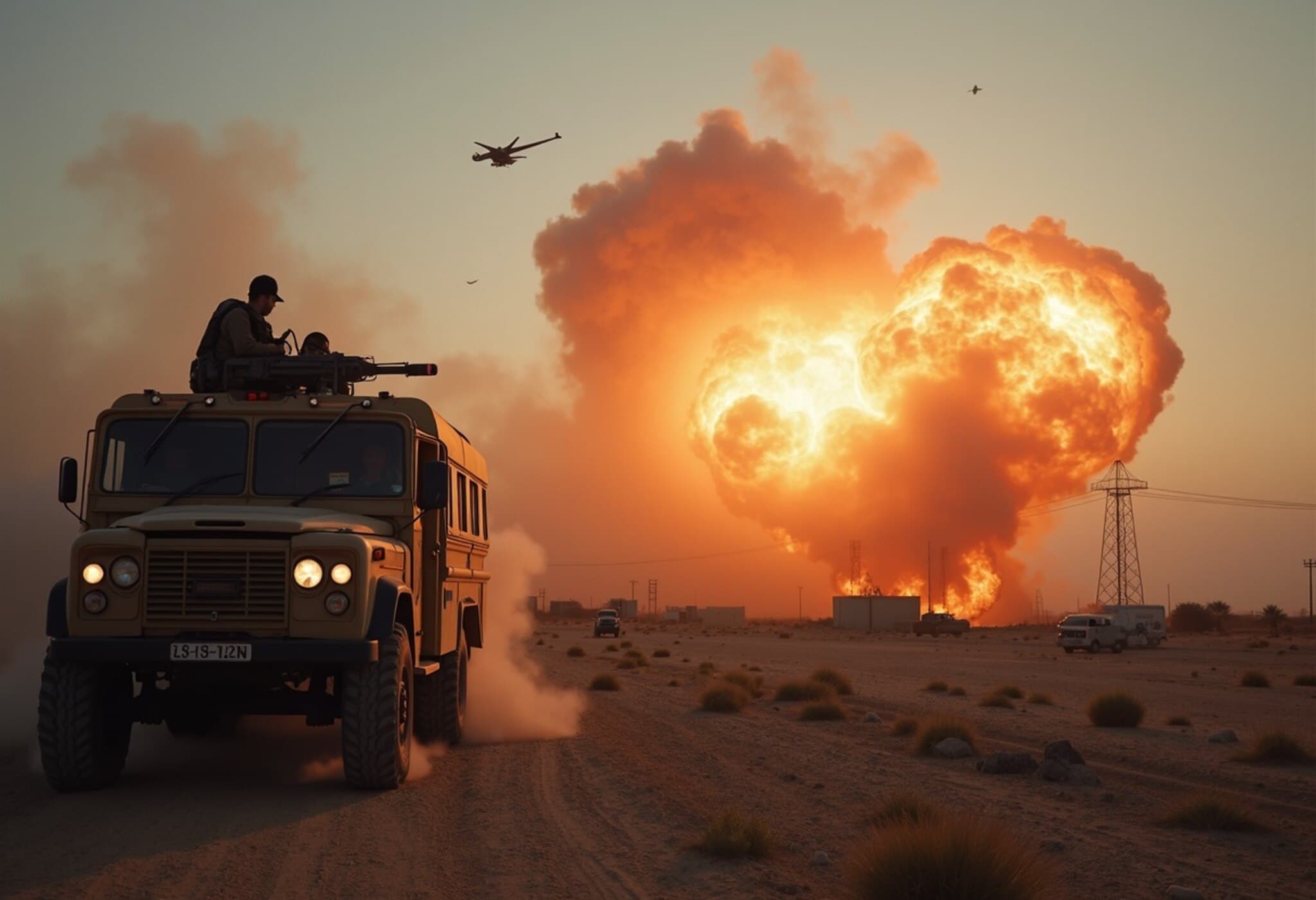Operation Rising Lion and Its Impact on Iran's Nuclear Program
June 13, 2025, marked a significant turning point when Israel launched a major offensive against Iran’s nuclear and military infrastructure, delivering a blow to Tehran’s nuclear ambitions. This attack, known as Operation Rising Lion, targeted critical sites and is believed to have disrupted Iran's progress toward developing nuclear weapons.
Revealing Iran’s Nuclear Drive
In the wake of the strike, Israel publicly disclosed Iran’s accelerated plans to build a nuclear weapon capable of threatening its regional security. Prime Minister Benjamin Netanyahu, who has voiced concerns about Iran’s nuclear intentions for years, underscored the urgency by highlighting Tehran’s alleged readiness to assemble a bomb imminently. Israeli intelligence suggested Iran possessed enough enriched uranium for up to 15 nuclear devices and had advanced missile technology to deliver them—though concrete evidence for this claim has not been presented.
Conflicting Timelines on Nuclear Development
Assessment of Iran’s nuclear timeline remains contested. While Israel warned that Iran was mere days from producing a bomb, US intelligence estimates placed Iran’s capacity at around three years away from weapon-grade deliverables. The International Atomic Energy Agency (IAEA) itself maintains there is no solid indication of an active nuclear weapons program, although it cannot conclusively verify the peaceful nature of all Iran’s nuclear activities.
These differing views emerge amid renewed US diplomatic efforts to negotiate a nuclear agreement with Iran. Prior to Israel’s military action, talks between the US and Iran were ongoing, aimed at reviving or restructuring nuclear commitments.
Extent of Damage Caused by Israeli Airstrikes
The operation specifically targeted Iran’s major nuclear research facilities, missile production sites, and air defense systems. Israel claimed the strikes eliminated at least 14 senior nuclear scientists, shattered critical documentation, and destroyed vital computer backups—measures expected to hinder Iran's technical expertise and slow down its nuclear development.
Satellite imagery confirms extensive damage, particularly to the Natanz uranium enrichment site, which is considered Iran’s key nuclear facility, as well as a major research center in Isfahan. Despite the significant destruction, some experts remain cautious: US intelligence suggests the setback may only delay Iran’s program by several months rather than years.
What Lies Ahead for Iran’s Nuclear Ambitions?
The loss of experienced scientists and destruction of archives represent serious challenges for Tehran in maintaining the pace of its nuclear work. Nevertheless, despite these blows, Iran’s nuclear stockpiles remain largely intact in fortified locations.
US officials estimate that even after these strikes, Iran would require up to three years to develop and deploy a functional nuclear warhead if it resumes its weapons program from scratch. Whether Iran chooses to accelerate efforts, pursue new strategies, or pause remains uncertain, but the operation has undeniably raised the stakes in this high-stakes geopolitical contest.
Conclusion
Operation Rising Lion has clearly set back Iran’s nuclear capabilities to some extent, but the scope of its impact is still debated. While Israel's preemptive strikes achieved tactical success in disrupting Iran’s scientific and technical assets, experts remain divided on how much it has delayed Tehran’s nuclear goals in the long run. What remains certain is that the nuclear issue continues to dominate regional and international security discussions, with the future of diplomatic negotiations hanging in the balance.

